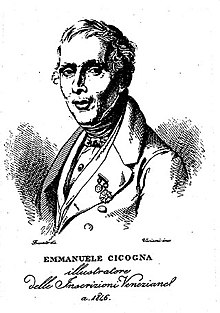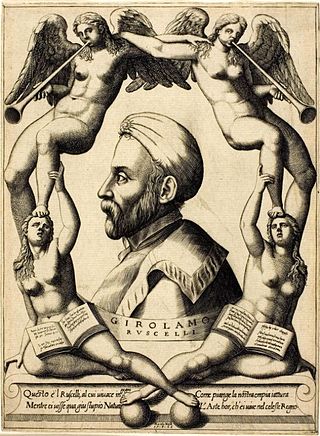
Girolamo Ruscelli (1518–1566) was an Italian Mathematician and Cartographer active in Venice during the early 16th century. He was also an alchemist, writing pseudonymously as Alessio Piemontese.
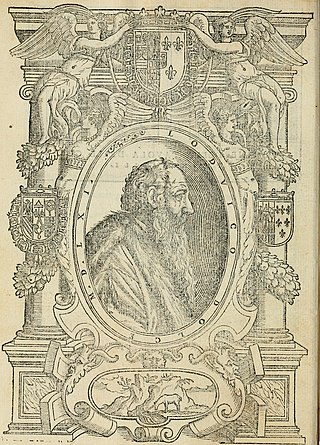
Lodovico Dolce (1508/10–1568) was an Italian man of letters and theorist of painting. He was a broadly based Venetian humanist and prolific author, translator, and editor; he is now mostly remembered for his Dialogue on Painting or L'Aretino (1557), and for his involvement in artistic controversies of the day. He was a friend of Titian's, and often acted as in effect his public relations man.

Prince Baldassarre Boncompagni-Ludovisi, was an Italian historian of mathematics and aristocrat.

Il Gobbo di Rialto is a marble statue of a hunchback found opposite the Church of San Giacomo di Rialto at the end of the Rialto in Venice. Sculpted by Pietro da Salò in the 16th century, the statue takes the form of a crouching, naked hunchback supporting a small flight of steps.

Girolamo Tartarotti was an Italian abbot, Neo-Platonist, and writer, primarily famed for his works on witchcraft.

Giovanni Antonio Moschini or Giannantonio Moschini was an Italian author and Roman Catholic Somascan priest. He was an art critic who wrote mainly about art and architecture in Venice and the Veneto.

Gaetano Cozzi was an Italian historian, professor at Padua University, and researcher with the Giorgio Cini Foundation and Fondazione Benetton Studi e Ricerche. He was a specialist in Venetian history, with special attention to the institutions, the relationship between law and society and the cultural environment.

Antonio Collalto was an Italian mathematician and physicist.
Tommaso de Mezzo was a Venetian noble and playwright. He is mostly remembered for his comedy Epirota.

Il Nuovo Postiglione was a newspaper published in Venice from 1741 to 1816. With the exception of some short-lived and thematic gazettes, the Nuovo Postiglione remained the only newspaper covering foreign affairs printed in Venice from 1741 to 1778.

Andrea Navagero was an Italian poet, orator, botanist, and official historian of the Republic of Venice.

Andrea Pisani was a Venetian noble who served as Captain General of the Sea during the Seventh Ottoman–Venetian War.

Minerva between Geometry and Arithmetic is a 1550 fresco fragment, usually attributed to Paolo Veronese but by some art historians to Anselmo Canera or Giambattista Zelotti. It was painted for the Palazzo de Soranzi in Castelfranco Veneto but now in the Palazzo Balbi in Venice.
Giuseppe Tassini was an Italian historian and one of the most notable scholars of the toponymy of his birthplace of Venice. His most notable work was Curiosità Veneziane, a minute toponymical study first published in 1863 and universally considered the most important bibliographical source of its kind.
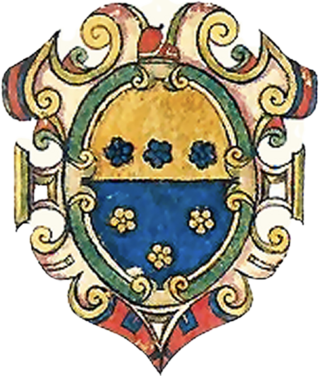
The House of Loredan-Santa Maria is a cadet branch of the noble House of Loredan which has produced many politicians, diplomats, military generals, naval captains, church dignitaries, writers and lawyers, and has played a significant role in the creation of modern opera with the Accademia degli Incogniti, also called the Loredanian Academy. The branch draws its name from the parishes of Santa Maria Formosa and Santa Maria dei Miracoli in Venice, around which it was historically settled. The progenitor of the branch is considered to be the famous admiral and procurator Pietro Loredan (1372-1438) by his sons Giacomo and Polo.
In the judicial system of the Republic of Venice, that of the Esecutori contro la bestemmia was a magistracy, with competence in the city of Venice on crimes against religion and morality.
Antonio Lorenzoni was an Italian lawyer, jurist and music theorist.
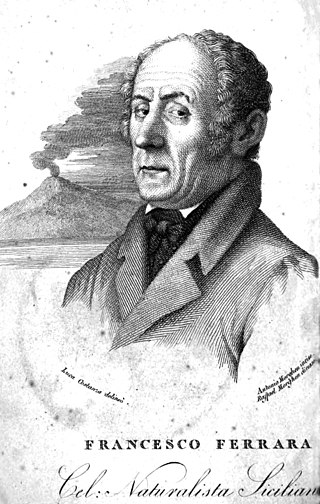
Francesco Ferrara was an Italian geologist, active mainly in Sicily, and known for his studies in vulcanology.

The Venice State Archive, or State Archive of Venice, is located at Campo dei Frari, San Polo Venice.

Enrico Narducci was an Italian librarian, bibliographer and paleographer.
